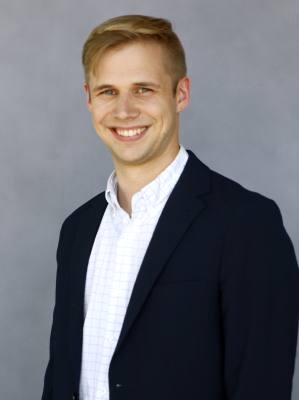“In the early summer, we were starting to see an increase of a few percent a month, volumes coming back,” said Jen Duthie, managing engineer of the transportation department’s arterial management division. “We were thinking by the fall, we would be back to typical traffic conditions.”
That’s because when classes return to session, Austin morning traffic typically sees a 10% increase, Duthie added.
However, as the summer progressed, that increase began to slow. Austin Transportation Department data from August shows that, despite a minor increase, traffic peaks have not fully returned.
During the week of Aug. 22, overall traffic volume was still down 11% and the morning peak down 20% compared to the week of Feb. 2, 2020, the transportation department’s pre-pandemic baseline.
Duthie oversees a team that adjusts traffic signals in real time, in addition to a team that plans for periods of traffic change, which includes the beginning of the school year.
Some of the largest schooling entities in Austin began classes in mid to late August, including Austin ISD on Aug. 17, Austin Community College on Aug. 23 and the University of Texas on Aug. 25.
Duthie said the lack of traffic peaks could be a result of COVID-19 cases surging due to the delta variant or simply more people working from home than prior to the pandemic.
Additionally, AISD shifted to allow for students too young to receive a vaccine–those in kindergarten through sixth grade—to attend classes virtually. According to AISD, 3,476 students decided to attend virtually this fall, representing 4.6% of AISD’s student body.
Duthie also said that traffic patterns in general have flattened since the beginning of the pandemic.
“Typical conditions pre-pandemic were we would see a morning peak in traffic and an afternoon or evening peak in traffic,” Duthie said. “Since the pandemic, even as traffic comes back, it's been a lot more flat of a curve, like not as much peaking and more spread out.”






